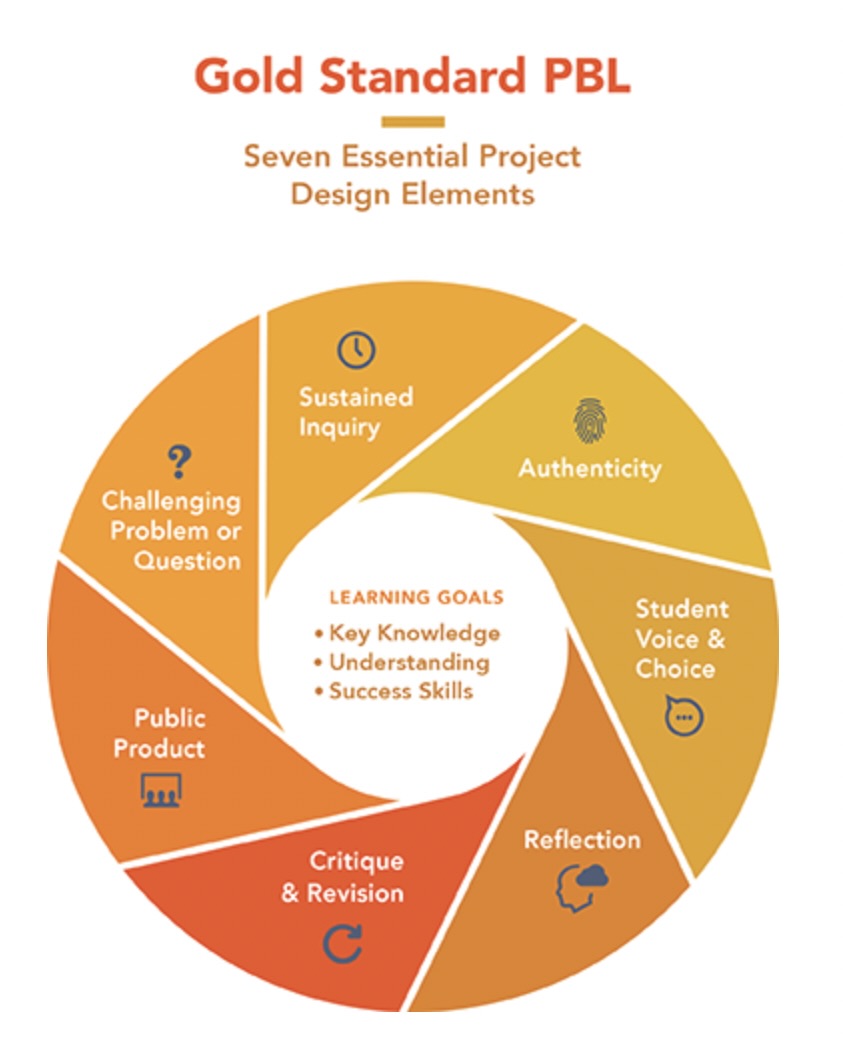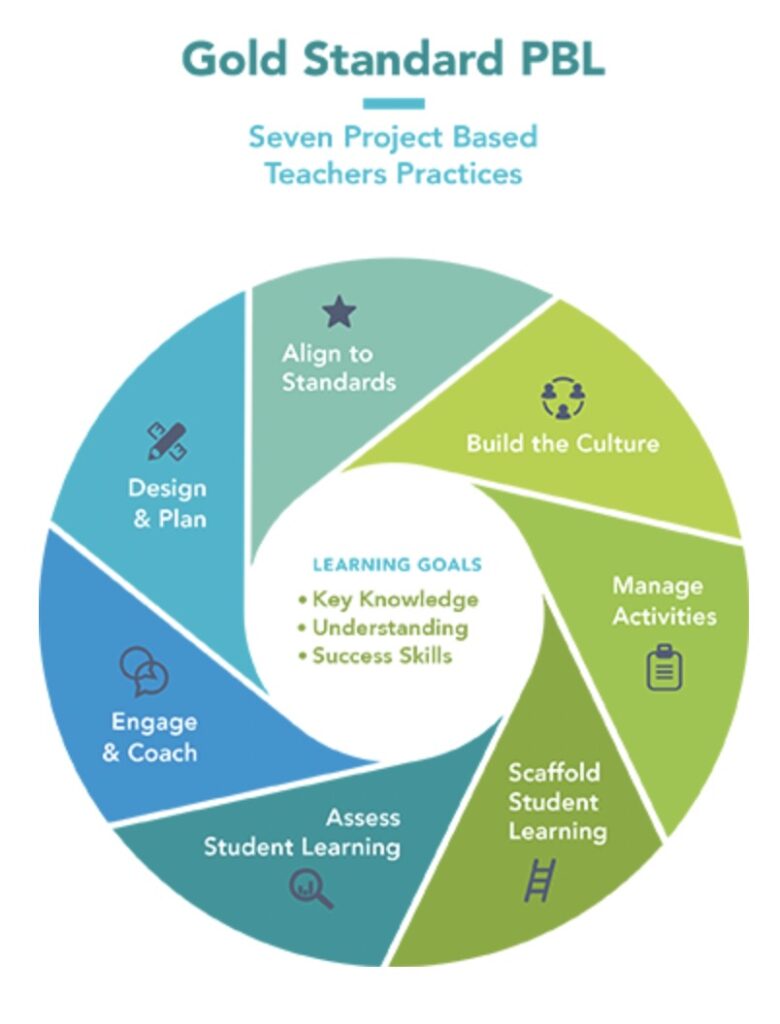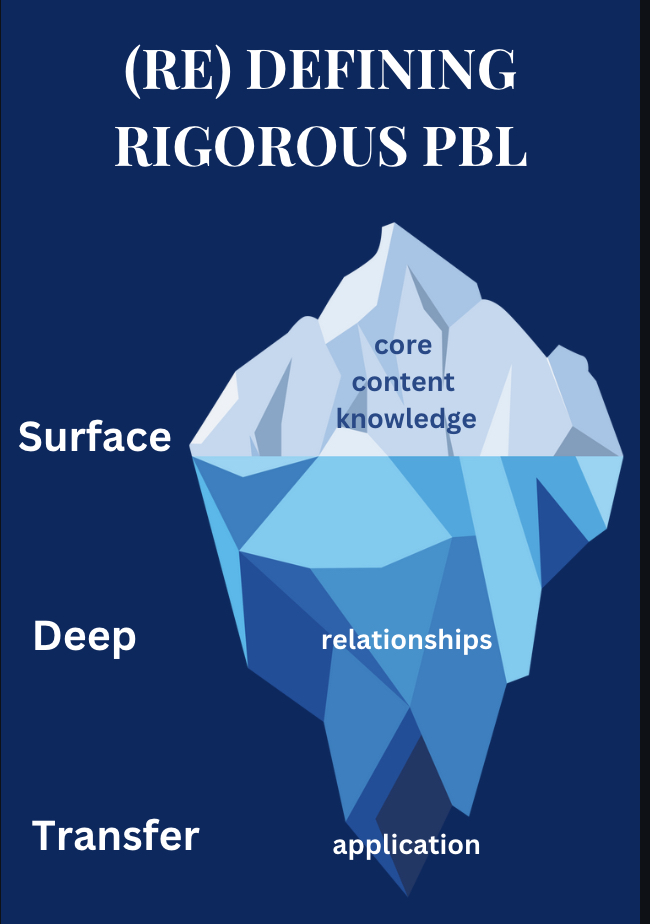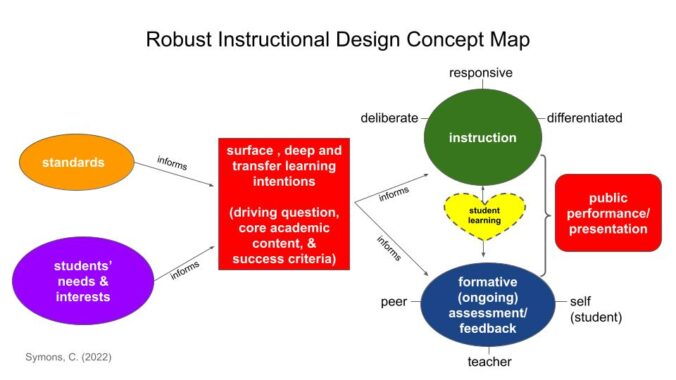This week, on Thursday September 26th, we had our 2024-25 Curriculum Night at Summer-Knoll School. It was the first in-person Curriculum Night since 2019. While remote Curriculum Nights on Zoom enable parents to join the event from the comfort of their own homes, an in-person Curriculum Night offers unique advantages, which we witnessed last night: parents gathering together in the spaces that the children inhabit during the school day, hearing directly from teachers in real-time and visiting their classrooms, experiencing the positive collective energy that’s created through coming together as a community with intention, purpose, and commitment to our children’s education.
As Margaret Wheatley said, “Never underestimate the power of a small group of committed people to change the world. In fact, it is the only thing that ever has.”
Curriculum design is a long-term, ongoing, iterative, dynamic process. As I shared in my welcoming remarks at Curriculum Night last night, teachers’ curriculum design begins well before the start of a school year. In the middle of one school year, teachers are already thinking about and planning for the next. As teachers are constantly working toward their curricular and instructional goals – for their current class and each individual student – they are reflecting upon their teaching practice and integrating what they are learning about their students through their formative assessment(s) to inform their instruction (e.g., what’s working, what needs tweaking, how to pivot and for whom and when, what they may do differently next time they teach a particular concept, skill, or strategy).
But what, exactly, informs curriculum design? The above graphic illustrates a response to this question. At SK, teachers’ ongoing assessment of students and content area standards – the Common Core State Standards, Next Generation Science Standards, the 3C Social Studies Standards, and Singapore Math – inform teachers’ instruction; teachers skillfully address the standards through place- and project-based learning.
At its foundation, SK’s model of project-based learning is based upon the PBL Works Gold Standard frameworks for project-based learning design elements and teaching practices.


From this shared understanding of project-based learning – its components and the purposes of each component – SK teachers have amplified the rigor of their curriculum design and instruction through our shared study of The Project Habit: Making Rigorous PBL Doable.
Teachers creatively weave and integrate multiple content areas (e.g., science, literacy, social studies, math, music, art, languages) into four main projects over the course of a school year to provide students with rich learning opportunities. When planning, they begin by identify learning intentions at surface, deep, and transfer levels to ensure students are developing the knowledge they need to ask meaningful questions, draw connections between ideas, and transfer/apply their learning in authentic ways.

Students develop concepts, processes, skills, and strategies through project-based learning. The curriculum is the “what” and the instruction/learning is the “how.” And while teachers develop a curricular blue-print for each project or lesson, their instruction is responsive to the students with whom they work. In this way, teaching and learning are co-constructed in the moment by people (teachers and learners) who are situated within a sociocultural context and who engage with one another and an array of resources and materials to mediate teaching and learning.
Project-based learning is a truly human endeavor – it’s an active, co-construction of meaning through inquiry, relationship-building, encountering and overcoming obstacles, and applying knowledge in new and novel contexts. When students engage learning in this way, it’s meaningful and memorable.
